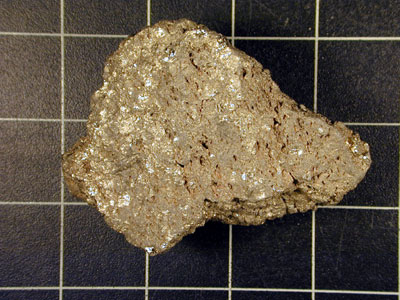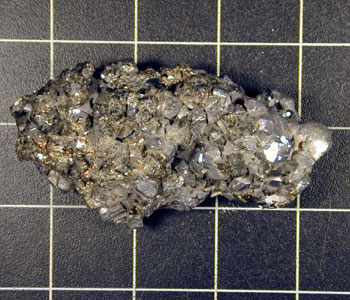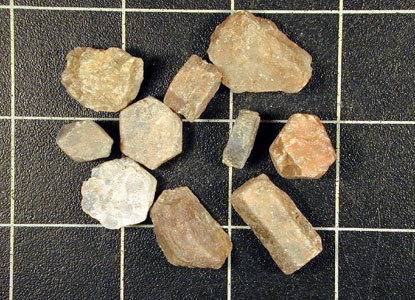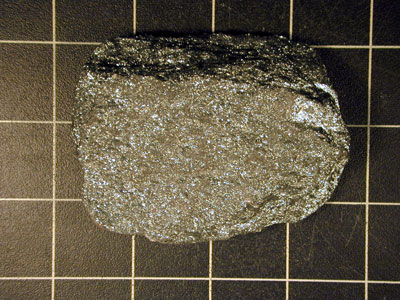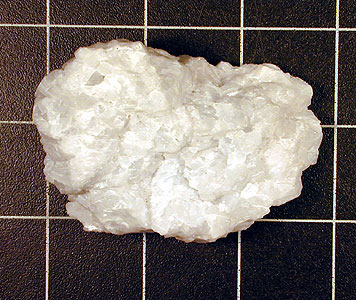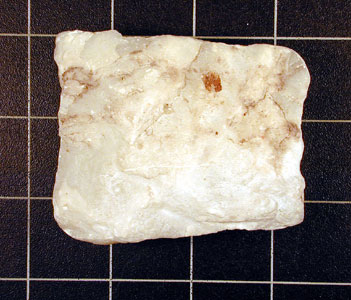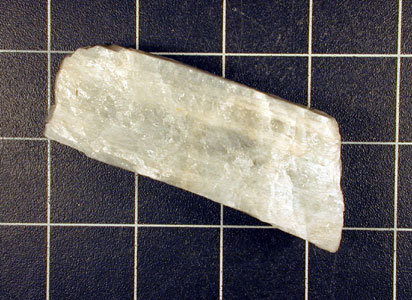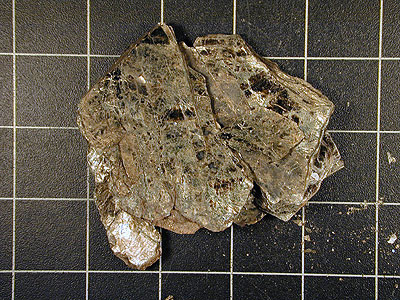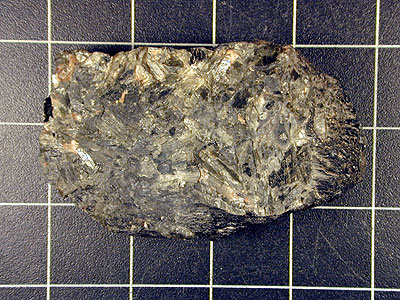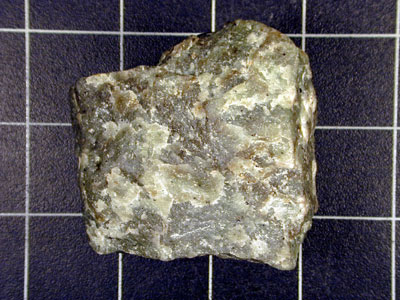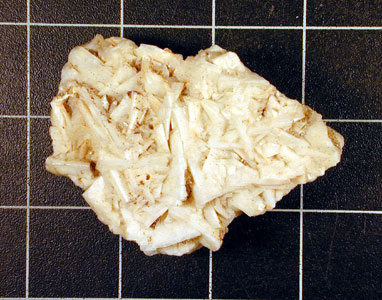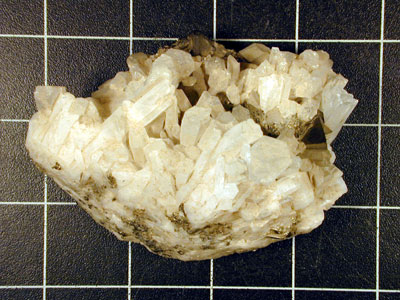Table 10b-1: Geologic time scale.
Eon
|
Era
|
Period
|
Epoch
|
Major Geologic Milestones
|
Phanerozoic
|
Cenozoic
|
Quaternary
(0-1.6 million yrs BP)
|
Holocene
(Present-10,000 yrs BP)
|
Modern humans develop. Pleistocene Ice Age Interglacial.
|
Pleistocene
(10,000 -1,600,000 yrs BP)
|
Pleistocene Ice Age. Extinction of many species of large mammals and birds.
|
Tertiary
|
Pliocene
(1.6-5.3 million yrs BP)
|
Development of hominid bipedalism. Cascade Mountains began forming. Climate cooling.
|
Miocene
(5.3-24 million yrs BP)
|
Chimpanzee and hominid lines evolve. Extensive glaciation in Southern Hemisphere. Climate cooling.
|
Oligocene
(24-37 million yrs BP)
|
Browsing mammals and many types of modern plants evolve. Creation of the Alps and Himalaya mountain chains. Volcanoes form in Rocky Mountains.
|
Eocene
(37-58 million yrs BP)
|
Primitive monkeys evolve and Himalayas began forming. Australian plate separates from Antarctica. Indian plate collides with Asia.
|
Paleocene
(58-65 million yrs BP)
|
Rats, mice, and squirrels evolve. Shallow continental seas become less widespread.
|
Mesozoic
|
Cretaceous
(65-144 million yrs BP)
| |
First flowering plants, greatest dinosaur diversity, Cretaceous Mass Extinction (65 m BP), and Andes Mountains form. Africa and South America begin to separate. Climate cooling because of mountain building. Shallow seas have extensive distribution.
|
Jurassic
(144-208 million yrs BP)
|
First birds and mammals appear. Nevadian Mountains form. Large areas of the continents covered by shallow seas. Climate generally warm and stable with little seasonal or latitudinal variation. Shallow seas expanding.
|
Triassic
(208-245 million yrs BP)
|
First dinosaurs. Extensive deserts exist in continental interiors. Climate warm. Shallow seas limited in distribution.
|
Paleozoic
|
Permian
(245-286 million yrs BP)
|
Permian Mass Extinction. Reptiles become more diverse. Climate cold at beginning of the Permian then warms. Average elevation of landmasses at their highest shallow seas less extensive.
|
Pennsylvanian
(286-320 million yrs BP)
|
First reptiles appear.Winged insects evolve. Occasional glaciation in Southern Hemisphere.
|
Mississippian
(320-360 million yrs BP)
|
Primitive ferns and insects evolve. Forests appear and become dominant. Mountain building producing arid habitats in the interior of some continents.
|
Devonian
(360-408 million yrs BP)
|
First amphibians and trees appear. Appalachian Mountains form. Extinction of primitive vascular plants. Landmasses generally increasing in altitude. Climate cooling.
|
Silurian
(408-438 million yrs BP)
|
Major extinction event occurs. First land plants and insects. Continents are generally flat. Tectonic uplift begins.
|
Ordovician
(438-505 million yrs BP)
|
First fish and fungi. Greatest extent of shallow seas. Climate becoming warmer.
|
Cambrian
(505-551 million yrs BP)
|
Invertebrates become common. Fossilization of the Burgess Shale. Large areas of shallow seas near the equator. Climate was warm.
|
Proterozoic
(551-2500 million yrs BP)
|
Also known as Precambrian
|
Eukaryotic cell organisms develop. First multicellular organisms. Changes in the lithosphere created major land masses and extensive shallow seas.
|
Archean
(2500-3800 million yrs BP)
|
Slow development of the lithosphere, hydrosphere, and atmosphere. First single-celled prokaryotic organisms.
|
Hadean
(3800-4600 million yrs BP)
|
Earth's oldest rocks come from the end of this Eon.
|
Concept of Uniformitarianism
Uniformitarianism is one of the most important unifying concepts in the geosciences. This concept developed in the late 1700s, suggests thatcatastrophic processes were not responsible for the landforms that existed on the Earth's surface. This idea was diametrically opposed to the ideas of that time period which were based on a biblical interpretation of the history of the Earth. Instead, the theory of uniformitarianism suggested that the landscape developed over long periods of time through a variety of slow geologic and geomorphic processes.
The term uniformitarianism was first used in 1832 by William Whewell, a University of Cambridge scholar, to present an alternative explanation for the origin of the Earth. The prevailing view at that time was that the Earth was created through supernatural means and had been affected by a series of catastrophic events such as the biblical Flood. This theory is called catastrophism.
The ideas behind uniformitarianism originated with the work of Scottish geologist James Hutton. In 1785, Hutton presented at the meetings of the Royal Society of Edinburgh that the Earth had a long history and that this history could be interpreted in terms of processes currently observed. For example, he suggested that deep soil profiles were formed by the weathering of bedrock over thousands of years. He also suggested that supernatural theories were not needed to explain the geologic history of the Earth.
Figure 10c-1: James Hutton, 1726-1797.
Hutton's ideas did not gain major support of the scientific community until the work of Sir Charles Lyell. In the three volume publication Principles of Geology (1830-1833), Lyell presented a variety of geologic evidence from England, France, Italy, and Spain to prove Hutton's ideas correct and to reject the theory of catastrophism.
Figure 10c-2: Sir Charles Lyell, 1797-1875.
The theory of uniformitarianism was also important in shaping the development of ideas in other disciplines. The work of Charles Darwin and Alfred Wallace on the origin of the Earth's species extended the ideas of uniformitarianism into the biological sciences. The theory of evolution is based on the principle that the diversity seen in the Earth's species can be explained by the uniform modification of genetic traits over long periods of time.
Thus, uniformitarianism suggests that the continuing uniformity of existing processes should be used as the framework for understanding the geomorphic and geologic history of the Earth. Today, most theories of landscape evolution use the concept of uniformitarianism to describe how the various landforms of the Earth came to be.
Composition of Rocks
A rock can be defined as a solid substance that occurs naturally because of the effects of three basic geological processes: magma solidification; sedimentation of weathered rock debris; and metamorphism. As a result of these processes, three main types of rock occur:
- Igneous Rocks - produced by solidification of molten magma from the mantle. Magma that solidifies at the Earth's surface conceives extrusive or volcanic igneous rocks. When magma cools and solidifies beneath the surface of the Earth intrusive or plutonic igneous rocks are formed.
- Sedimentary Rocks - formed by burial, compression, and chemical modification of deposited weathered rock debris or sediments at the Earth's surface.
- Metamorphic Rocks - created when existing rock is chemically or physically modified by intense heat or pressure.
Most rocks are composed of minerals. Minerals are defined by geologists as naturally occurring inorganic solids that have a crystalline structure and a distinct chemical composition. Of course, the minerals found in the Earth's rocks are produced by a variety of different arrangements of chemical elements. A list of the eight most common elements making up the minerals found in the Earth's rocks is described in Table 10d-1.
Table 10d-1: Common elements found in the Earth's rocks.
| Element |
Chemical Symbol
|
Percent Weight in Earth's Crust
|
| Oxygen |
O
|
46.60
|
| Silicon |
Si
|
27.72
|
| Aluminum |
Al
|
8.13
|
| Iron |
Fe
|
5.00
|
| Calcium |
Ca
|
3.63
|
| Sodium |
Na
|
2.83
|
| Potassium |
K
|
2.59
|
| Magnesium |
Mg
|
2.09
|
Over 2000 minerals have been identified by earth scientists. Table 10d-2 describes some of the important minerals, their chemical composition, and classifies them in one of nine groups. The Elements Group includes over one hundred known minerals. Many of the minerals in this class are composed of only one element. Geologists sometimes subdivide this group into metal and nonmetal categories. Gold, silver, and copper are examples of metals. The elements sulfur and carbon produce the minerals sulfur, diamonds, and graphite which are nonmetallic.
Figure 10d-1: Silver.
Figure 10d-2: Copper.
Figure 10d-3: Graphite.
The Sulfide Group are an economically important class of minerals. Many of these minerals consist of metallic elements in chemical combination with the element sulfur. Most ores of important metals such as mercury (cinnabar - HgS), iron (pyrite - FeS2 ), and lead (galena - PbS) are extracted from sulfides. Many of the sulfide minerals are recognized by their metallic luster.
Figure 10d-4: Pyrite.
Figure 10d-5: Galena.
The Oxides are a group of minerals that are compounds of one or more metallic elements combined with oxygen, water, or hydroxyl (OH). The minerals in this mineral group show the greatest variations of physical properties. Some are hard, others soft. Some have a metallic luster, some are clear and transparent. Some representative oxide minerals include corundum, cuprite, and hematite.
Figure 10d-7: Corundum
Figure 10d-8: Hematite
The Carbonates Group consists of minerals which contain one or more metallic elements chemically associated with the compound CO3 . Most carbonates are lightly colored and transparent when relatively pure. All carbonates are soft and brittle. Carbonates also effervesce when exposed to warm hydrochloric acid. Most geologists considered the Nitrates and Borates as subcategories of the carbonates. Some common carbonate minerals include calcite, dolomite, and malachite.
Figure 10d-9: Calcite.
Figure 10d-10: Dolomite.
The Sulfates are a mineral group that contain one or more metallic element in combination with the sulfate compound SO4 . All sulfates are transparent to translucent and soft. Most are heavy and some are soluble in water. Rarer sulfates exist containing substitutions for the sulfate compound. For example, in the chromates SO4 is replaced by the compound CrO4 . Two common sulfates are anhydrite and gypsum.
Figure 10d-11: Gypsum.
The Phosphates are a group of minerals of one or more metallic elements chemically associated with the phosphate compound PO4 . The phosphates are often classified together with the arsenate, vanadate, tungstate, and molybdate minerals. One common phosphate mineral isapatite. Most phosphates are heavy but soft. They are usually brittle and occur in small crystals or compact aggregates.
The Silicates are by far the largest group of minerals. Chemically, these minerals contain varying amounts of silicon and oxygen. It is easy to distinguish silicate minerals from other groups, but difficult to identify individual minerals within this group. None are completely opaque. Most are light in weight. The construction component of all silicates is the tetrahedron. A tetrahedon is a chemical structure where a silicon atom is joined by four oxygen atoms (SiO4). Some representative minerals include albite, augite, beryl, biotite, hornblende, microcline, muscovite,olivine, othoclase, and quartz.
Figure 10d-12: Albite.
Figure 10d-12: Biotite.
Figure 10d-13: Hornblende.
Figure 10d-14: Olivine.
Figure 10d-15: Orthoclase.
Figure 10d-16: Quartz.
The Organic minerals are a rare group of minerals chemically containing hydrocarbons. Most geologists do not classify these substances as true minerals. Note that our original definition of a mineral excludes organic substances. However, some organic substances that are found naturally on the Earth that exist as crystals that resemble and act like true minerals. These substances are called organic minerals. Amber is a good example of an organic mineral.
Table 10d-2: Classification of some of the important minerals found in rocks.
Group
|
Typical Minerals
(and information link)
|
Chemistry
|
Elements
|
Gold
|
Au
|
Silver
|
Ag
|
Copper
|
Cu
|
Carbon (Diamond and Graphite)
|
C
|
Sulfur
|
S
|
Sulfides
|
Cinnabar
|
HgS
|
Galena
|
PBS
|
Pyrite
|
FeS2
|
Halides
|
Fluorite
|
CaF2
|
Halite
|
NaCl
|
Oxides
|
Corundum
|
Al2O3
|
Cuprite
|
Cu2O
|
Hematite
|
Fe2O3
|
Carbonates
(Nitrates and Borates)
|
Calcite
|
CaCO3
|
Dolomite
|
CaMg(CO3)2
|
Malachite
|
Cu2(CO3)(OH)2
|
Sulfates
|
Anhydrite
|
CaSO4
|
Gypsum
|
CaSO4 -2(H2O)
|
Phosphates
(Arsenates, Vanadates, Tungstates, and Molybdates)
|
Apatite
|
Ca5(F,Cl,OH)(PO4 )
|
Silicates
|
Albite
|
NaAlSi3O8
|
Augite
|
(Ca, Na)(Mg, Fe, Al)(Al, Si)2O6
|
Beryl
|
Be3Al2(SiO3)6
|
Biotite
|
K (FE, Mg)3AlSi3O10(F, OH)2
|
Hornblende
|
Ca2(Mg, Fe, Al)5(Al, Si)8O22(OH)2
|
Microcline
|
KAlSi3O8
|
Muscovite
|
KAl2(AlSi3O10)(F, OH)2
|
Olivine
|
(Mg, Fe)2SiO4
|
Orthoclase
|
KAlSi3O8
|
Quartz
|
SiO2
|
Organics
|
Amber
|
C10H16O
|
|
CITATION
Pidwirny, M. (2006). Fundamentals of Physical Geography, 2nd Edition. 01/01/2012. http://www.physicalgeography.net/fundamentals/10b.html
| 





